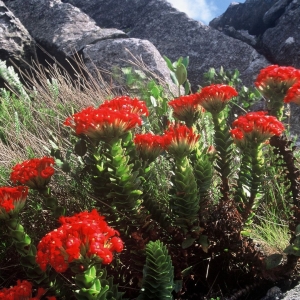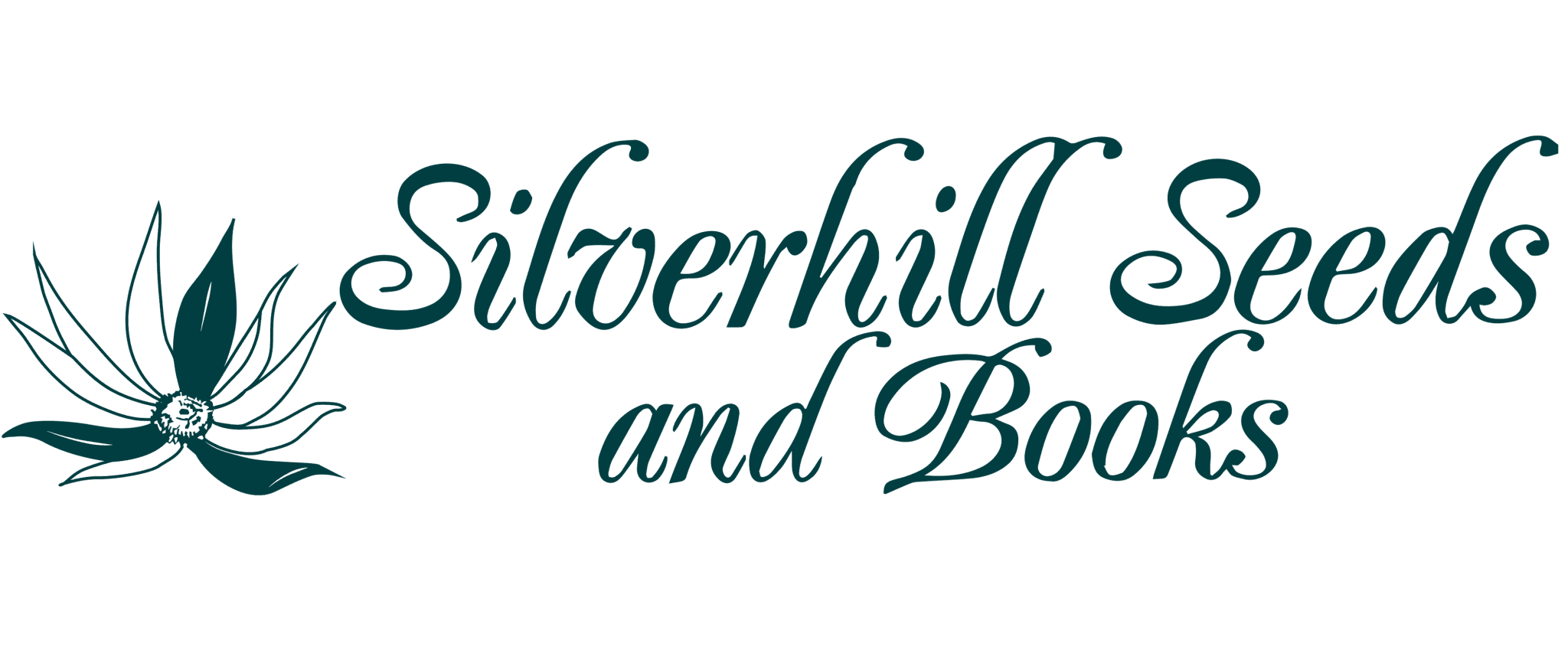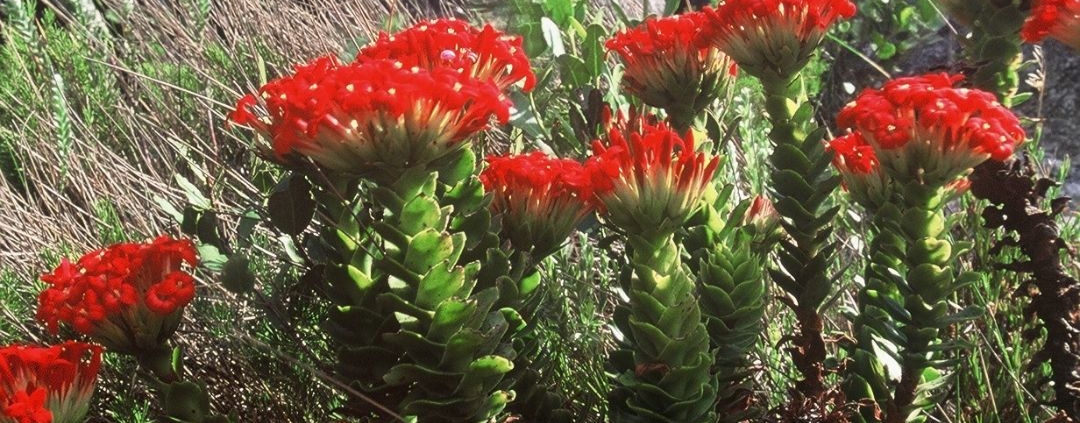Recommended Plant: Crassula coccinea
Family: Crassulaceae
Common names: Red Crassula

Crassula coccinea is an easy to grow, beautiful succulent (30-45 cm) with neatly arranged fleshy leaves crowding the stems and clusters of bright, brilliant red tubular flowers produced during summer. It is found naturally in the Western Cape in rocky areas on mountains. It is a spectacular flowering plant attractive to bees, butterflies and birds.
Temperature and Lighting
Crassula coccinea tolerates from 0-400 Celsius but should be protected from frost. It requires plenty of sun and good light conditions, but should preferably not be exposed to harsh, direct sun all day. It is a superb addition to a rockery or mixed planted in a garden and can also be grown in a sunlit window. It can flower in the first year and be grown as an annual.
Watering and Feeding
The red crassula is drought tolerant and should not be overwatered. Water well in the morning and then allow to dry out for the next few days between watering. Try to avoid watering over the leaves as this can encourage rust fungus or leaf burn on hot days. Cut back watering and feeding in the autumn/winter and keep slightly moist. Feed during the growing season with a weak liquid fertilizer solution.
Soil and Transplanting
Crassula coccinea best propagated from seed which germinates well and quickly (approx. 3 weeks) in autumn in a well-drained mixture of sand and well-rotted compost. The medium must be acidic ranging from about pH6,5 to-5.5. Young plants are best pricked out into plug trays and only potted on into larger containers when necessary. This is usually in the spring when the plants begin active growth. Pinch out young plants regularly to encourage branching.
Pests and Disease Control
Though it doesn’t require a lot of care it is a good idea to keep checking for signs of pests or such as rusts or mildew and use the appropriate fungicide to control it before it spreads. Avoiding watering over the leaves in the evenings helps avoid fungal infection on the leaves.
USDA hardiness zones 9 to 11. Outdoors place the plant in a sunny spot with well-drained soil and good air



